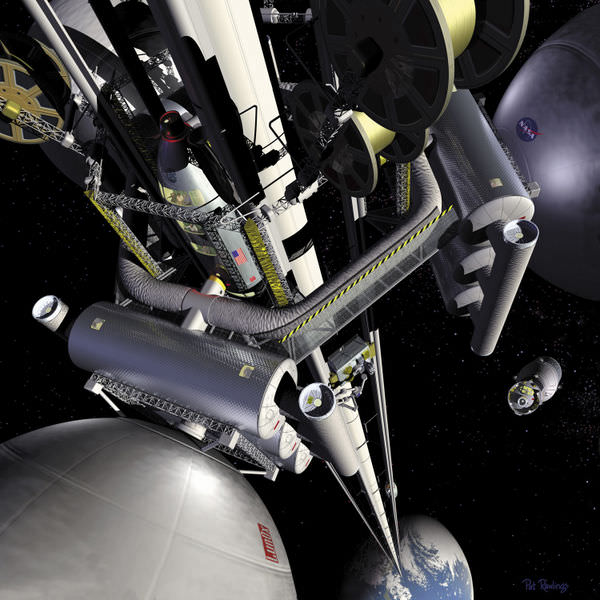Galaxy collisions are foundational events in the Universe. They happen when two systems mingle stars in a cosmic dance. They also cause spectacular mergers of supermassive black holes. The result is one very changed galaxy and a singular, ultra-massive black hole.
Continue reading “Two Supermassive Black Holes on a Collision Course With Each Other”Two Supermassive Black Holes on a Collision Course With Each Other










